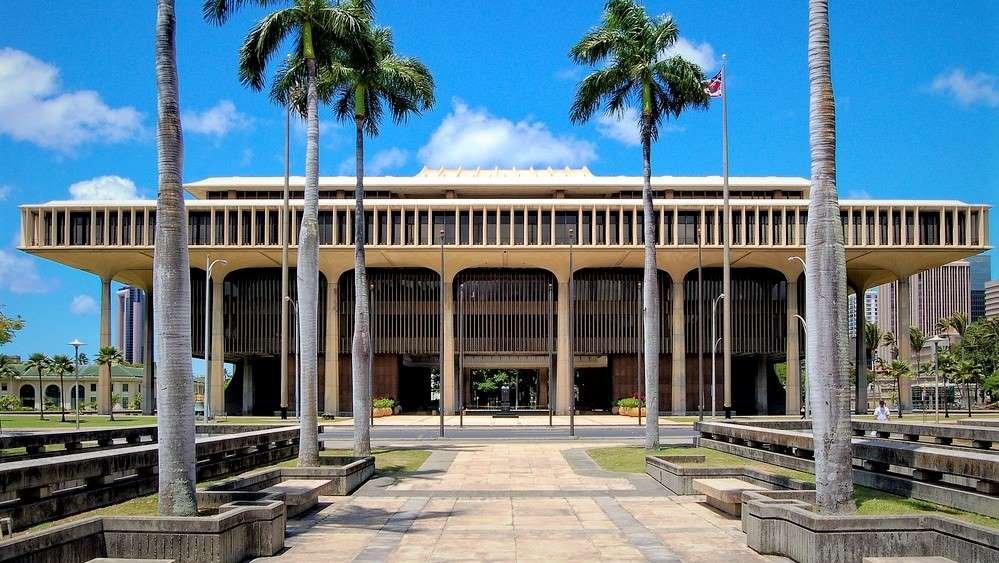The Hawaii State Capitol Building
Located in the heart of Honolulu, the Hawaii State Capitol symbolizes democracy and pride for all Hawaiians. As the saying goes, “all roads lead to Rome” it can be said that all paths in Honolulu ultimately reach this iconic structure. With its unique architecture and breathtaking views, the Hawaii State Capitol has become one of the most visited sites on Oahu Island. It stands tall as a reminder of how far Hawaiian people have come since their days as an independent kingdom. This article will explore the history and features of what makes this magnificent building so unique.
The Hawaii State Capitol Overview
- The Hawaii State Capitol is the official statehouse for the U.S. state of Hawaii.
- It is located at 415 S. Beretania Street in Honolulu.
- The building was designed by Belt, Lemmon & Lo, and John Carl Warnecke & Associates and completed on March 15, 1969.
- The Hawaii State Legislature, composed of the 25-member Senate and 51-member House of Representatives, convenes in the building.
- The main tenants are the Governor, Lieutenant Governor, and legislative offices.
- The architecture of the building is an American adaptation of the Bauhaus style, known as “Hawaiian international architecture.”
- The building is surrounded by a reflecting pool symbolizing the Pacific Ocean, has cone-shaped legislative chambers symbolizing volcanoes, and has columns resembling royal palm trees representing the 8 main islands of Hawaii.
- The central atrium is open to the sky, and rainbows can be seen when it rains.
- Four kukui nut trees represent the 4 central counties of Hawaii and the 4 major Hawaiian gods.
- The chandeliers in the legislative chambers symbolize the sun and moon and are designed by German-American artist Otto Piene.
- The Beretania Street entrance features the Liberty Bell, a gift of the U.S. President and Congress.
- The Father Damien Statue is a tribute to the Roman Catholic priest who served patients with leprosy and was later beatified and canonized.
- The Eternal Flame on Beretania Street is a tribute to service members from Hawaii who served in various U.S. military conflicts.
- The Korean-Vietnam War Memorial pays tribute to service members who died in those conflicts.
Source: Wikipedia, Hawaii.gov

